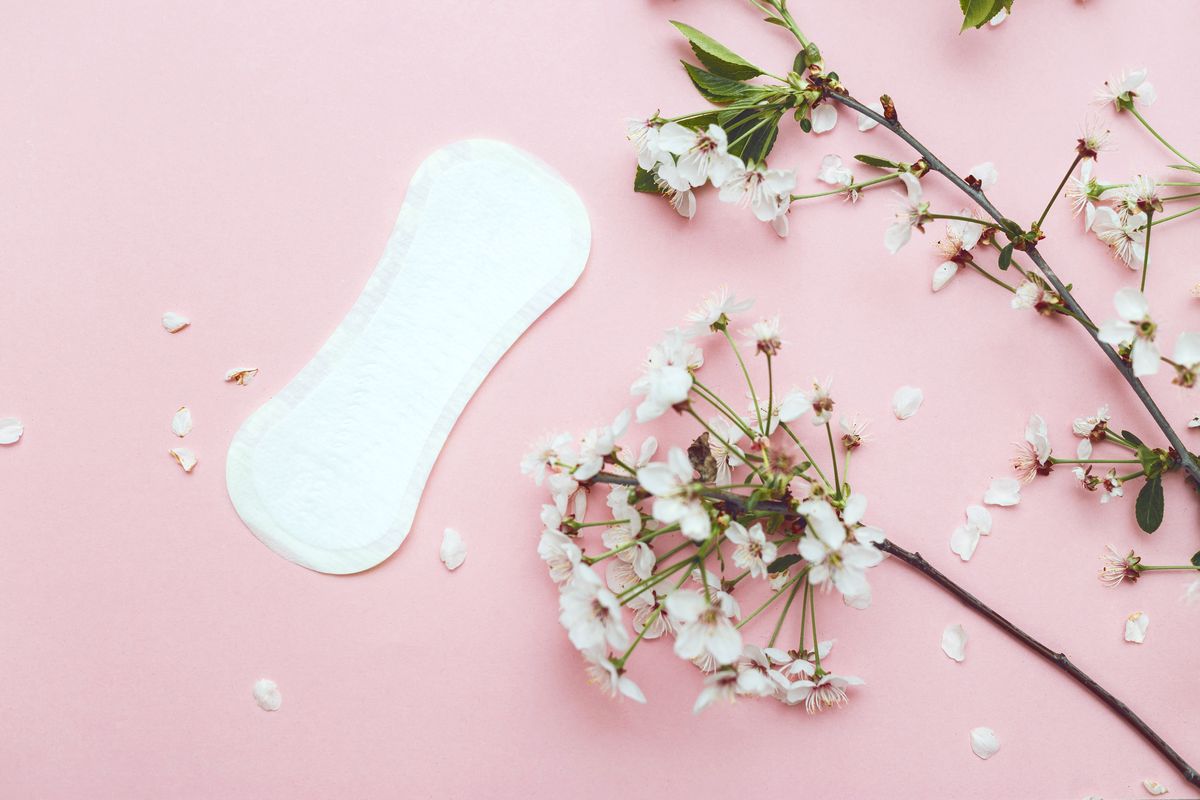‘One Stop Center’ helps over 2 lakh victimized women in UP
The Uttar Pradesh government is making significant strides in empowering, securing, and promoting women's self-reliance.
Red is considered to be the color of love, so why does love change to disgust when it comes to periods?

( Representational Photo: Getty Images)
The covid-19 pandemic and the implementation of lockdown have resulted in the worsened condition of women in the nation.
As soon as the first phase of the lockdown was announced on the fateful eve of March 24, 2020, in India, people rushed to the market to stock up on essentials. But it was the womenfolk who had to prepare for more than just groceries and household items. They had to worry about their menstruation cycles as well.
Advertisement
However, due to sudden isolation, access to menstrual hygiene products has been severely impacted (to date there is a crisis!). Strange as it may sound, since the lockdown, there’s been a reported dearth of menstrual hygiene products in the market, especially sanitary pads. Moreover, all this has affected the women who are unable to maintain menstrual hygiene during periods which has caused hazardous impacts on their health.
Advertisement
We live in a society where talking about menstruation is taboo. In a nation where every year around 2 million girls start to bleed, we consider it shameful to talk about periods. Indian women grow up facing the restriction of not entering religious places during this time of the month as they are considered to be impure.
The lockdown proved to be a catastrophe for the women as it halted the supply of basic menstrual products like pads and cotton rolls. The females in many parts of the nation were(still they are!) into a situation that forced them to use clothes and even banana leaves leading to fatal infections.
According to one study, only 36% of India’s 355 million menstruating females use sanitary napkins, while the rest use old rags, husk, ash, leaves, mud, and soil, and other life-threatening materials to manage their flow.
Currently, a study conducted by MHAI (Menstrual Health Alliance of India) was released during a workshop held by Dasra. In the workshop, a quick survey was conducted to assess the status of production, distribution, and reach of the menstrual hygiene products during and after the lockdown. The results stated that yet around 62% of women have limited access to the pads and 22% are not getting them at all.
While the lack of options is one worrisome subject, the unavailability of menstrual products is another ordeal. Sanitary pads, a deemed necessity, were reduced to the mercy of government officials, who ‘missed’ including the menstrual hygiene products in the first guidelines and the list of essential items.
The situation for the quarantined women and the women who were traveling back to their towns and cities has to face the worst scenarios. The conditions had forced them to shift to clothes and rags. The ones who were using old clothes and rags had access to a limited quantity only and hence they were using it for longer than recommended.
If we broadly look at the present situation, both the rural and urban populations are deprived of the basic necessity to maintain their hygiene during periods. However, the rural population faces another threat of unawareness which makes them more vulnerable. There have been deaths due to the infections caused by unhygienic practices during menses, but they have not been reported yet.
Nearly 40% of the females of our nation are unaware of menstrual hygiene and this lack of awareness can cause them a life! Nevertheless, with the ongoing situation, things have gone downhill. There is a further rise in the lack of basic menstruation hygiene items such as the discontinuous supply of water, and other necessary products. The small-scale industry has stopped and large-scale industries are unable to reach the needy. The supply is discontinuous and the demands are not fulfilled. The lockdown has made women more vulnerable to various diseases.
There are a few social workers and NGOs only who are coming to help these women, they are trying to match the demand and supply of the necessary products required for maintaining their menstrual hygiene and reproductive health. Red is considered to be the color of love, so why does love change to disgust when it comes to periods?
Advertisement